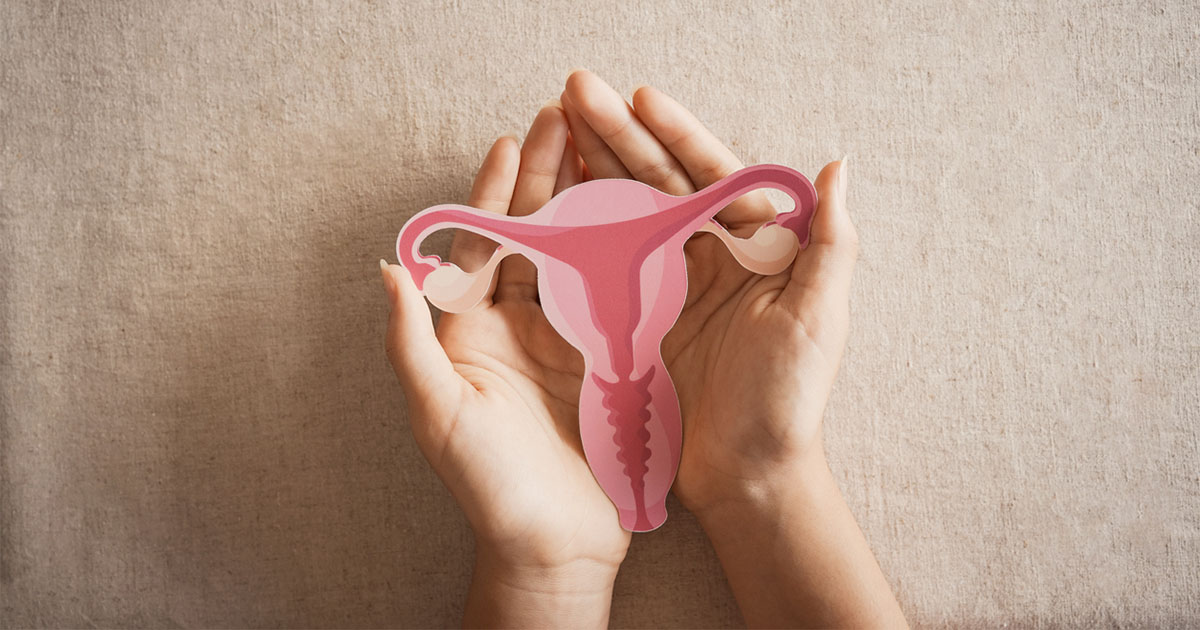Background
An increasing number of women are prescribed hormone replacement therapy (HRT) during the perimenopause and menopause. Many may also be considering incretin-based therapies (e.g. semaglutide and tirzepatide) for the treatment of diabetes and/or obesity.
Incretin therapies slow gastric emptying and gastrointestinal side effects, including nausea, vomiting and diarrhoea, are common. This may reduce the absorption and bioavailability of oral HRT.
The primary concern resulting from this is inadequate endometrial protection due to potentially reduced absorption of oral progestogens and, thus, an increased risk of endometrial hyperplasia and cancer.
Guidance from the British Menopause Society,1 updated on 19 May 2025, combines clinical trial data and expert opinion to clarify issues that should be considered when incretin-based therapies are co-prescribed with HRT. The advice focuses on semaglutide and tirzepatide; however, it is likely to apply to all incretin-based drugs.
This need-to-know guide summarises the key points from the guidance.
☑️ Recommendation 1: Transdermal estrogen is preferred in all women with obesity and diabetes, including those taking incretin therapies.
● Risk of venous thromboembolism (VTE) is increased in people with obesity and/or diabetes. Oral estrogen further increases this risk, whilst transdermal delivery does not.2
● For women taking oral estrogen-based HRT who are initiating or taking incretin therapies, consider switching to a transdermal estrogen-based HRT.
☑️ Recommendation 2: For women taking a combination of estrogen and progestogen (combined HRT), non-oral progestogen administration is preferred in those taking incretin therapies.
● A non-oral route for the progestogen component of HRT is preferable throughout treatment with incretin-based therapies.
- As a minimum, non-oral progestogen should be used for 4 weeks after initiation and after each dose adjustment of incretin therapy.
● The 52 mg Levonorgestrel-releasing intrauterine device is likely to be the preferred option, as it provides contraception in perimenopausal women and endometrial protection for the estrogen component of HRT, and is unaffected by concomitant use of incretin-based therapies.
● Combined estrogen/progestogen patches are also likely to be unaffected by incretin-based therapies, as is vaginal-route progesterone (although use of the latter is off-licence).
● For further information on progestogens and endometrial protection, see advice from the British Menopause Society.3
☑️ Recommendation 3: For women who opt for oral progestogen administration, increase progestogen dose for 4 weeks after initiation and after each dose adjustment of incretin therapy.
● Although non-oral progestogen is preferred, a potential approach for women who choose oral progestogen is to increase the dose for 4 weeks after incretin initiation and with each dose escalation until a stable incretin dose is achieved.
- However, there are no data to inform the dose adjustment required for endometrial protection, and this uncertainty should be shared with the patient to aid informed decision-making.
☑️ Recommendation 4: If unscheduled bleeding occurs whilst taking HRT and incretin therapies, follow joint national consensus guidance.4
● If unscheduled bleeding continues despite modifying progestogen intake, or if there are other clinical concerns, assess to exclude endometrial pathology.
- In high-risk women on HRT and incretin therapy, investigations could be considered earlier than stated in the consensus guidance.





